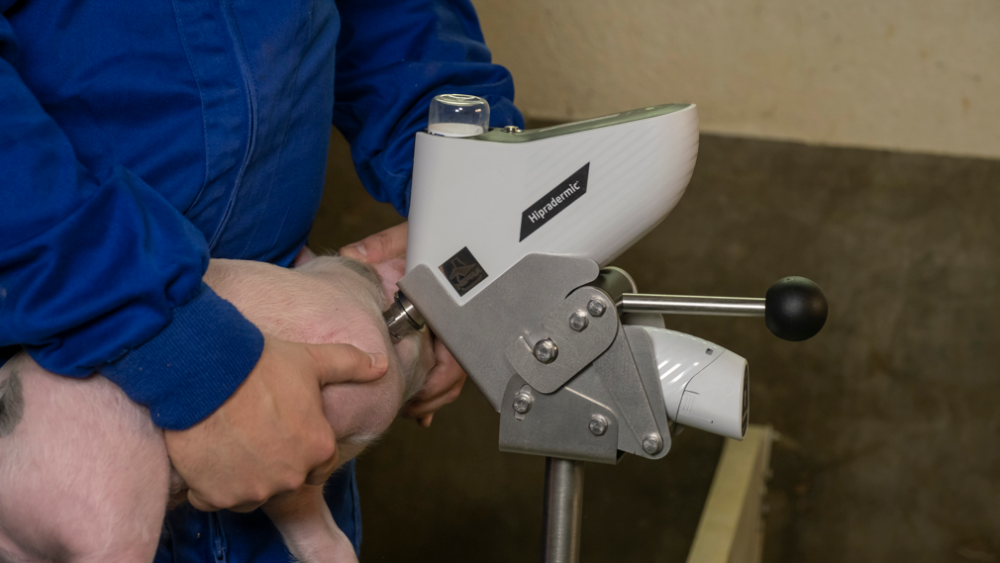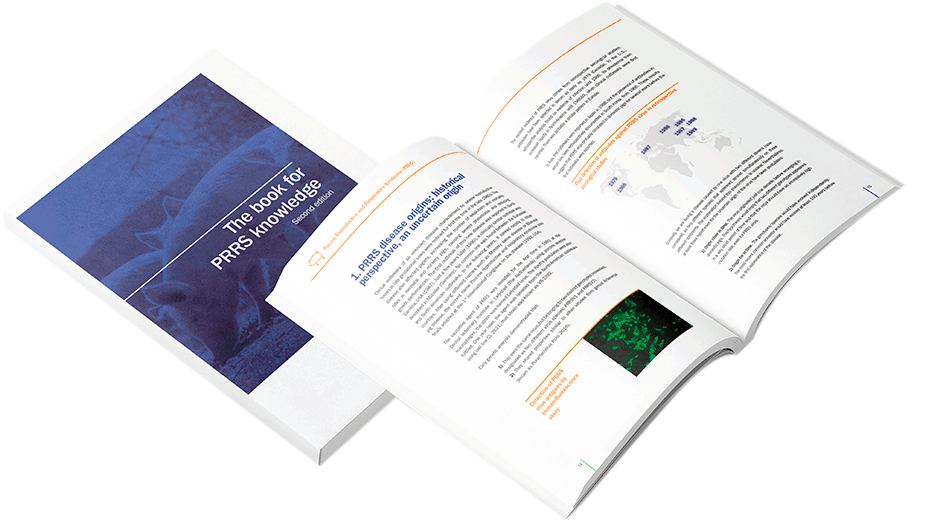Did you know that needle-free intradermal (ID) vaccination of piglets against the PRRS virus can reduce the use of antibiotics by up to 55% when compared to the intramuscular (IM) use of this vaccine?
Salvador Romero1, Lidia de Lucas1, Tiago Nunes1, Joel Miranda2
1Global Product Manager, HIPRA
2Global Franchise Manager, HIPRA
According to the United Nations (UN) and the World Health Organization (WHO), antibiotic resistance is one of the biggest health concerns of the 21st century (it became in second position since the recent COVID-19 crisis). In this matter, animal health is inseparable from human health, and from the environment, forming a single unit: we are all One Health. Therefore, focusing the fight against antibiotic resistance on a single sector is useless, since it is influenced by the other two.
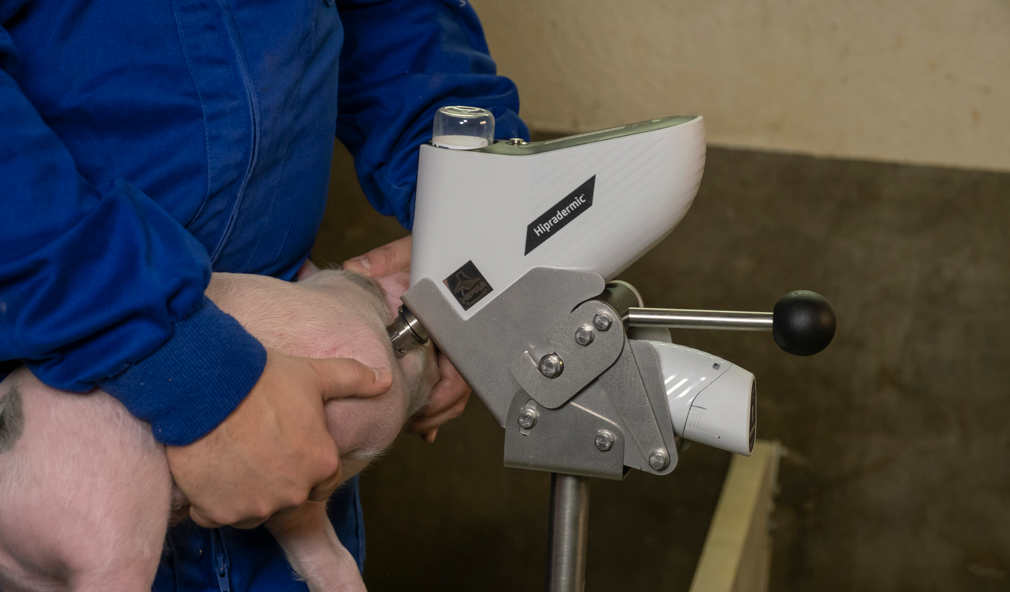
As a community, we have been aware of this problem for many years and worked on it. For example, at European level the JIACRA report of the EFSA (European Food Safety Authority), the EMA (European Medicines Agency) and the ECDC (European Centre for Disease Prevention and Control) published in July 2021, reveals a significant drop in the use of antibiotics in food-producing animals, suggesting that measures taken to reduce their use are being effective.
Regarding animal health, control of major diseases can be achieved through vaccination, as shown by the pharmaceutical company HIPRA: since 2007 the company has focused its R&D resources on the production of animal health vaccines and, recently, also on human health.
If we talk specifically about the swine sector, it is essential to talk about PRRS. It is one of the pathologies with the greatest economic impact on the pig sector: in nurseries, we estimate that the cost of this disease can exceed €3.5 per 30 kg piglet1.
PRRS is an immunosuppressive virus that, if it is not kept under control, can act as a gateway for secondary infections such as Glaesserella parasuis, Actinobacillus pleuropneumoniae, Streptococcus suis and Pasteurella multocida, amongst others2. Therefore, one of the direct benefits of vaccinating piglets against the PRRS virus with HIPRA’s modified live vaccine, UNISTRAIN® PRRS, is to control the disease, leading to a reduction in the use of antibiotics.
What can be achieved by vaccinating piglets against the PRRS virus?
- Herd stability by reducing viraemia and viral excretion3.
- Reduce and delay the recirculation of the field virus on the farm4.
- Improve production data in nurseries and fattening units (increased ADG, lower mortality and use of antibiotics) reducing economic losses during these phases5.
In a trial, in addition to significant reduction in mortality by 4.5% (table 1) in the groups of piglets intradermally vaccinated with UNISTRAIN® PRRS compared to those not vaccinated, the ADG (table 2) was increased, and the number of animals treated with antibiotics was reduced by more than 6% (table 3)6.

Table 1. Percentage of mortality in the fattening unit during the trial.
Pearson’s Χ2 test was used to calculate statistical differences between groups.
*Differences were considered significant when p<0.05

Table 2. Average Daily Weight Gain (ADWG) from weaning to slaughter (in kg).
1Mann-Whitney test was used to calculate statistical differences between groups. 2ANOVA test was used to calculate statistical differences between groups.
*Differences were considered significant when p<0.05.

Table 3. Percentage of treated animals in the fattening unit (per farm).
Pearson’s Χ2 test was used to calculate statistical differences between groups.
*Differences were considered significant when p<0.05
In a different study, a significant reduction in mortality (from 16% to 4%) was achieved in the few months after the start of intradermal vaccination of piglets with UNISTRAIN® PRRS ID (figure 1), together with a decrease in the use of antibiotics and anti-inflammatories of around 50% (figure 2)7.
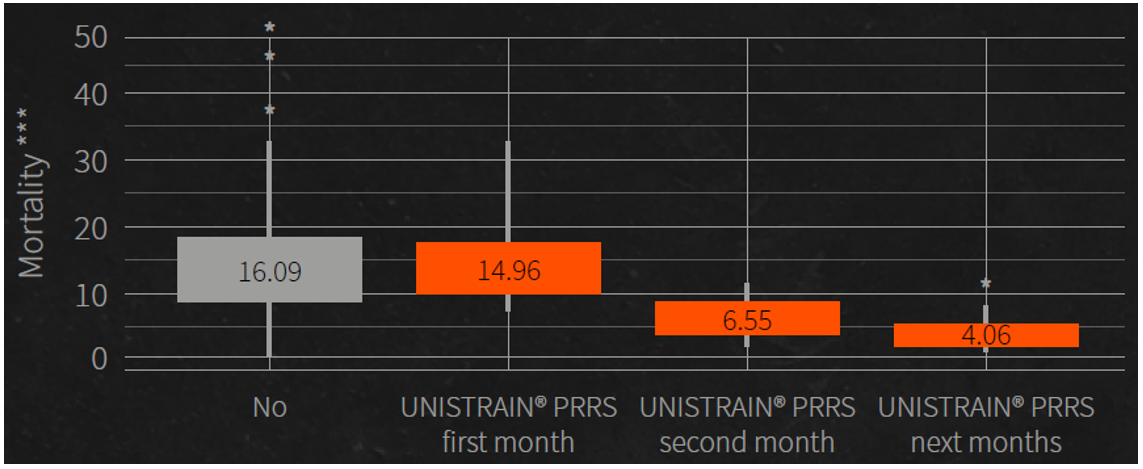
Figure 1. Mortality reduction after vaccination with UNISTRAIN® PRRS.
***Significant differences (Wilcoxon test, p-value<0.001)
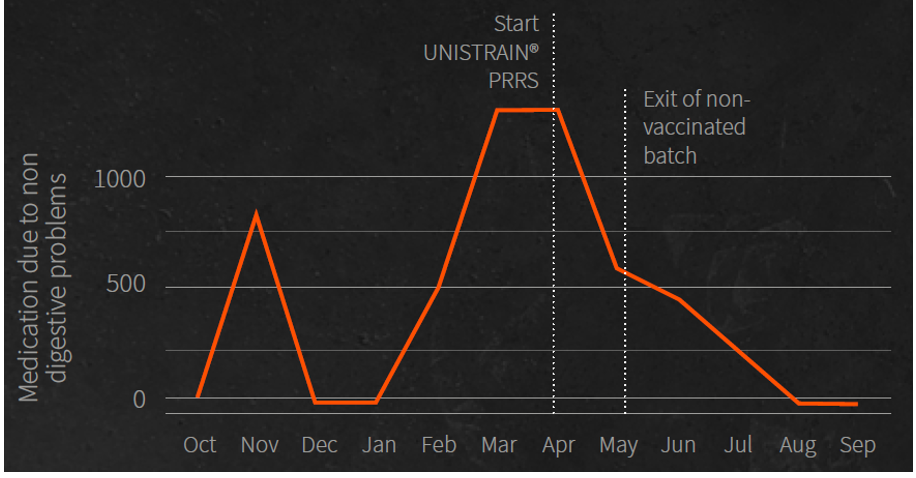
Figure 2. Reduction in the use of antibiotics + anti-inflammatories after vaccination with UNISTRAIN® PRRS.
Needle-free intradermal device: Hipradermic®
Vaccination into the dermis is carried out with Hipradermic® (figure 3), the lightest intradermal device on the market.
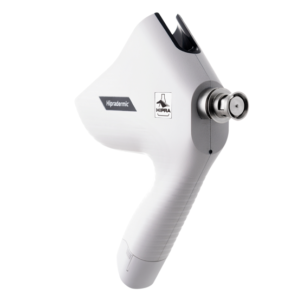
Figure 3. Hipradermic® device used for intradermal vaccination of UNISTRAIN® PRRS
The same device can also be used to administer MHYOSPHERE® PCV ID, a vaccine that protects the piglets against M. hyopneumoniae and PCV2. This allows HIPRA to be committed to a needle-free weaning, thus avoiding the iatrogenic transmission of diseases with high impact on productivity, such as PRRS and ASF8.
Other relevant benefits of using a needle-free intradermal device include:
- Animal welfare, as it causes less stress and damage to the animal9.
- Higher value of the carcass due to the decrease in abscesses and broken needles in the carcass10.
Furthermore, in a recent trial on a PRRS type 2 endemic farm in Japan, UNISTRAIN® PRRS ID, UNISTRAIN® PRRS IM and a PRRSV2 MLV IM vaccine were compared. In addition to demonstrating the efficacy of UNISTRAIN® PRRS against a heterologous PRRSV2, animals vaccinated with UNISTRAIN® PRRS ID reduced the use of antibiotics by up to 55% (table 4) compared to groups vaccinated IM (55% compared to the group with a PRRSV2 vaccine and 54% compared to UNISTRAIN® IM).
In this case, the difference was in the route of administration, showing that the intradermal route helps to reduce the use of antibiotics due to the lower transmission of concomitant diseases between animals when needles are not used.

Table 4. Individual intramuscular administration of antibiotics (cumulative days / potential maximum days in each farm)
Superscript letters show significant differences among groups for a given farm (p<0.05).
When it comes to reducing the antibiotic usage in swine farms, the biosecurity, good management, and the regular use of vaccines are essential pillars. Thus, by protecting the piglets against the PRRS virus with UNISTRAIN® PRRS, the production costs decrease by reducing mortality and increasing ADWG, whilst there is a considerable reduction on the use of antibiotics (by stabilizing the disease and avoiding secondary infections).
By adding to this the possibility of a needle-free weaning with Hipradermic®, this decrease will be higher due to the reduction of iatrogenic disease transmission between piglets.
Bibliography
- Miranda et al; Evaluation of the economic impact of the PRRS virus in the nursery phase. ESPHM 2021. Pag 146.
- Choi et al; Retrospective analysis of etiologic agents associated with respiratory diseases in pigs. Can. Vet. J. 44, 735–737.
- Simon-Grifé et al; Vaccination with Unistrain® PRRS in piglets reduces viraemia and excretion of PRRSV after heterologous challenge with a UK strain. International PRRS Congress 2015.
- Puig et al; Efficacy of Unistrain® PRRS on farms with previous outbreaks of PRRS in a multicentric field trial. International PRRS Congress 2015.
- Puig et al; Efficacy of Unistrain® PRRS against a PRRS outbreak on a European farm. International PRRS Congress 2015.
- Puig et al; Efficacy of Unistrain® PRRS administered intradermally in piglets in a multicentric field trial. International PRRS Congress 2015.
- Torrents et al; Improvement of productive parameters after piglet PRRS vaccination. IPVS 2020.
- Dachrit et al; Evaluation of ASF and PRRS virus transmission between pigs when using conventional needles and a needle-free device. IPVS 2022.
- Sánchez-Matamoros et al; Welfare effect of intradermal needle-free vaccination on piglets. ESPHM 2022.
- Ko et al; Reduction in Lesion Incidence in Pork Carcass Using Transdermal Needle-free Injection of Foot-and-Mouth Disease Vaccine. Korean J Food Sci Anim Resour. 2018 Dec; 38(6): 1155–1159.

